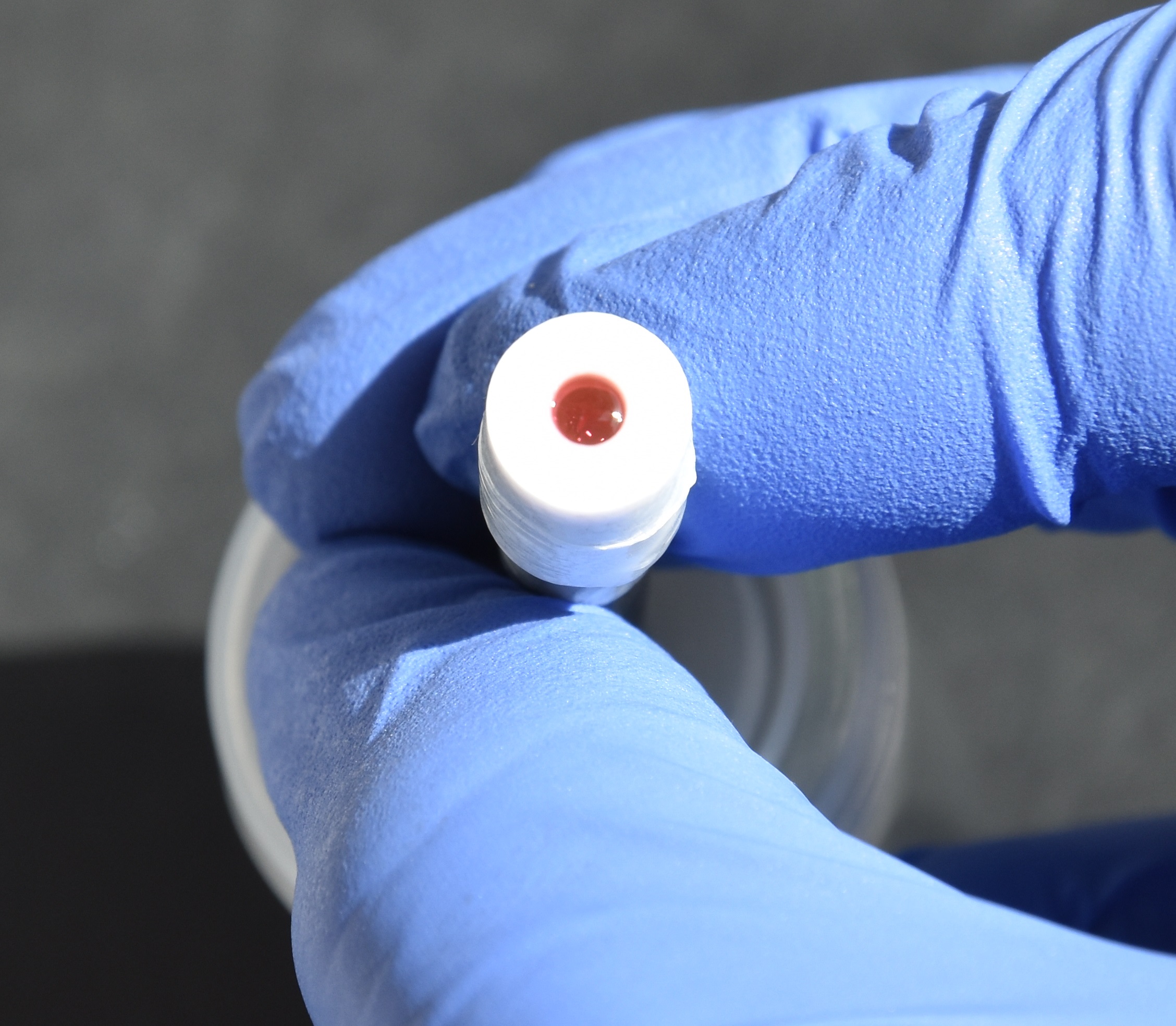
Filippo Pierini from the Department of Biosystems and Soft Matter (IPPT PAN), has become winner of the FIRST TEAM competition (the Foundation For Polish Science). Project name: Electrospun conducting hydrogel nanomaterials for neural tissue engineering.
The Foundation For Polish Science (Polish: Fundacja na rzecz Nauki Polskiej, FNP) is an independent, non-profit making organisation which aim at improving the opportunities for doing research in Poland. Established in 1991, the Foundation's mission is to provide assistance and support to the scientific community in Poland.
The aim of the FIRST TEAM programme is to improve the human potential of the R&D sector, support first research teams supervised by PhDs at the early stage of their careers. Support under the programme will be provided to teams conducting research at research units or companies in Poland, working in the most innovative areas and having a scientific partner, i.e. local or foreign research partner.
Electrospun conducting hydrogel nanomaterials for neural tissue engineering
Neurological diseases, disorders and injuries have always been among the challenges faced by humanity. Due to the increase in average life expectancy during the past century, the incidence of neurodegenerative diseases (e.g. Parkinson's, Alzheimer's disease and dementia) has also increased. Moreover, as human life-styles and habits have evolved, the number of nervous system injuries caused by vehicle accidents, pollution, violence, brain tumor, and stroke (which can occur at any age) is constantly rising. Scientific research efforts, have been spent to know the operating mechanisms of the nervous system, especially the brain. Unfortunately, the gained knowledge is not yet sufficient in order to fight against neurological problems and it still remains one of the most difficult scientific challenges facing researchers today. Medications and physical therapy often prove insufficient to cure patients affected by these clinical problems. Most importantly, biological treatments such as drug administration are either not available or not yet able to provide satisfactory results. Electrical stimulation of nerve tissue and recording of neural electrical activity are at the forefront of biomedical diagnosis and treatments of neurological problems. Local electrical stimulation of the brain has become standard therapy for Parkinson’s disease and neurological-based treatments like restoration of vision or hearing and for the treatment of muscle paralysis.
Brain stimulation is based on the implantation of biomaterials placed at the interface between a device and the body, to record physiological electrical signals and to stimulate the brain. This technique has already been used in the last few decades, but their technical restrictions have had a negative impact on their use as a medical treatment. The main limitation is due to the fact that these materials are recognized as foreign elements by the biological tissue. The human body responds with an inflammatory process that leads to the isolation of the material.
The aim of this research project is to develop bioactive nanomaterial for neural tissue engineering. The development of the proposed biocompatible implantable nanomaterial will bring enormous advantages to patients and will open up great opportunities for innovative and advanced medical applications. The biomaterials will be studied with all the necessary methods to prove their outstanding properties and allow the needed miniaturization necessary for the emerging biomedical applications.
 |
Electrode covered with a conducting hydrogel biomaterial layer









